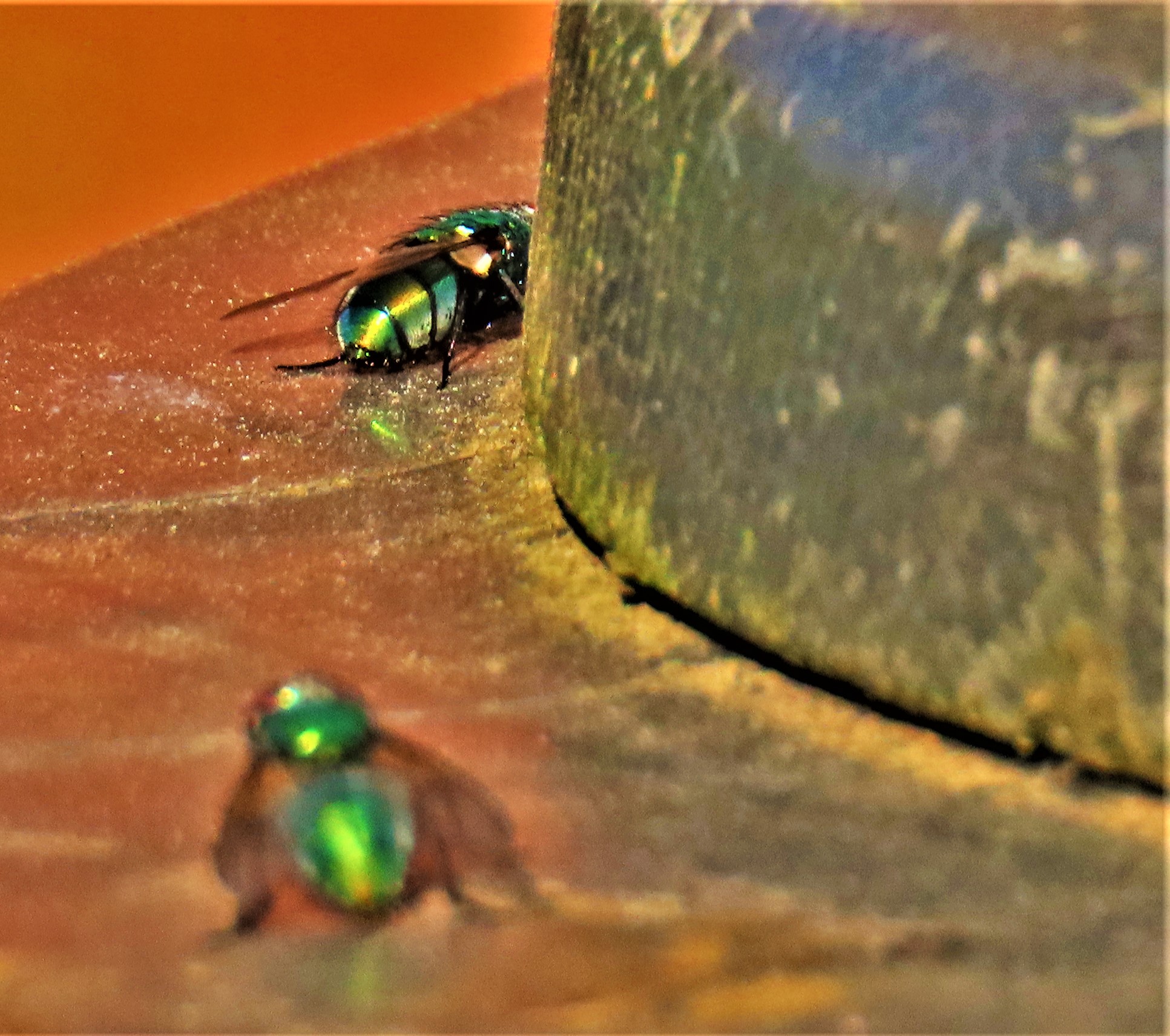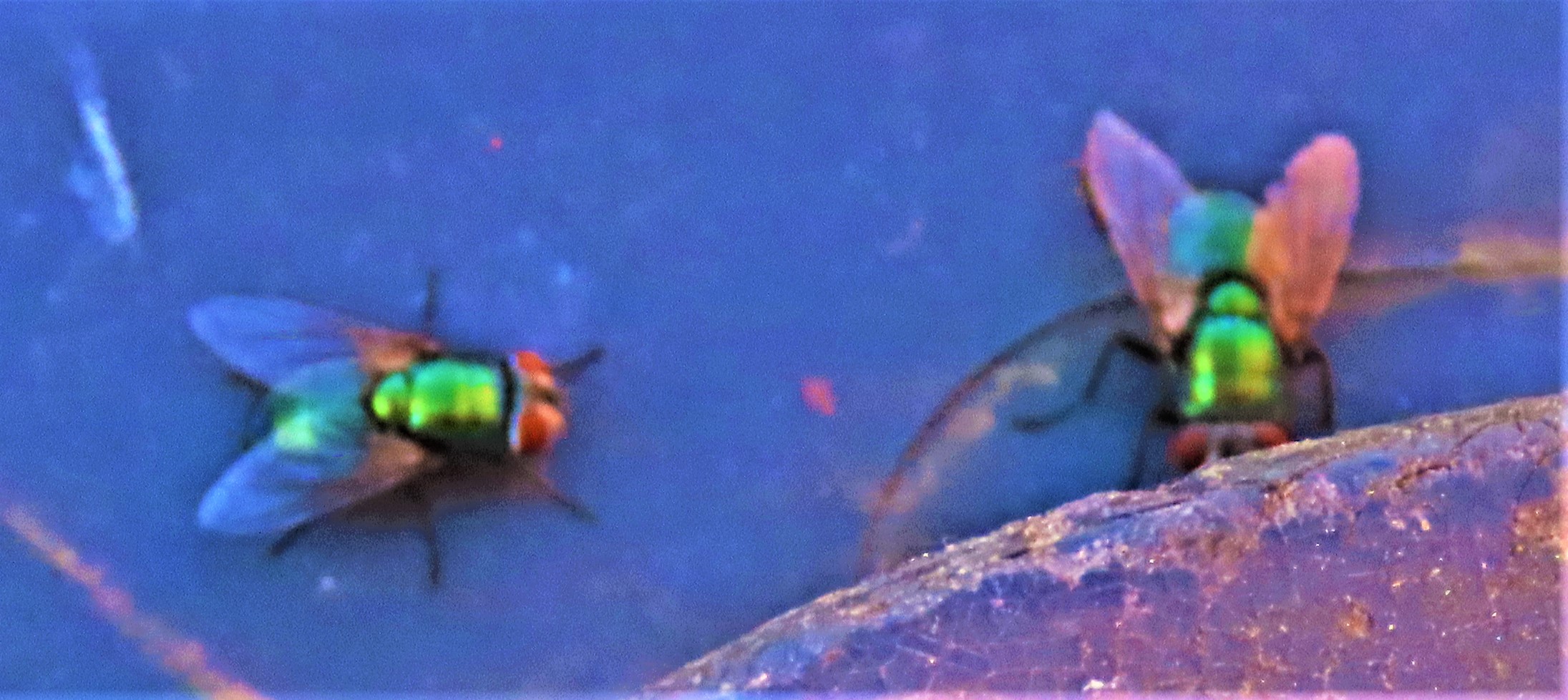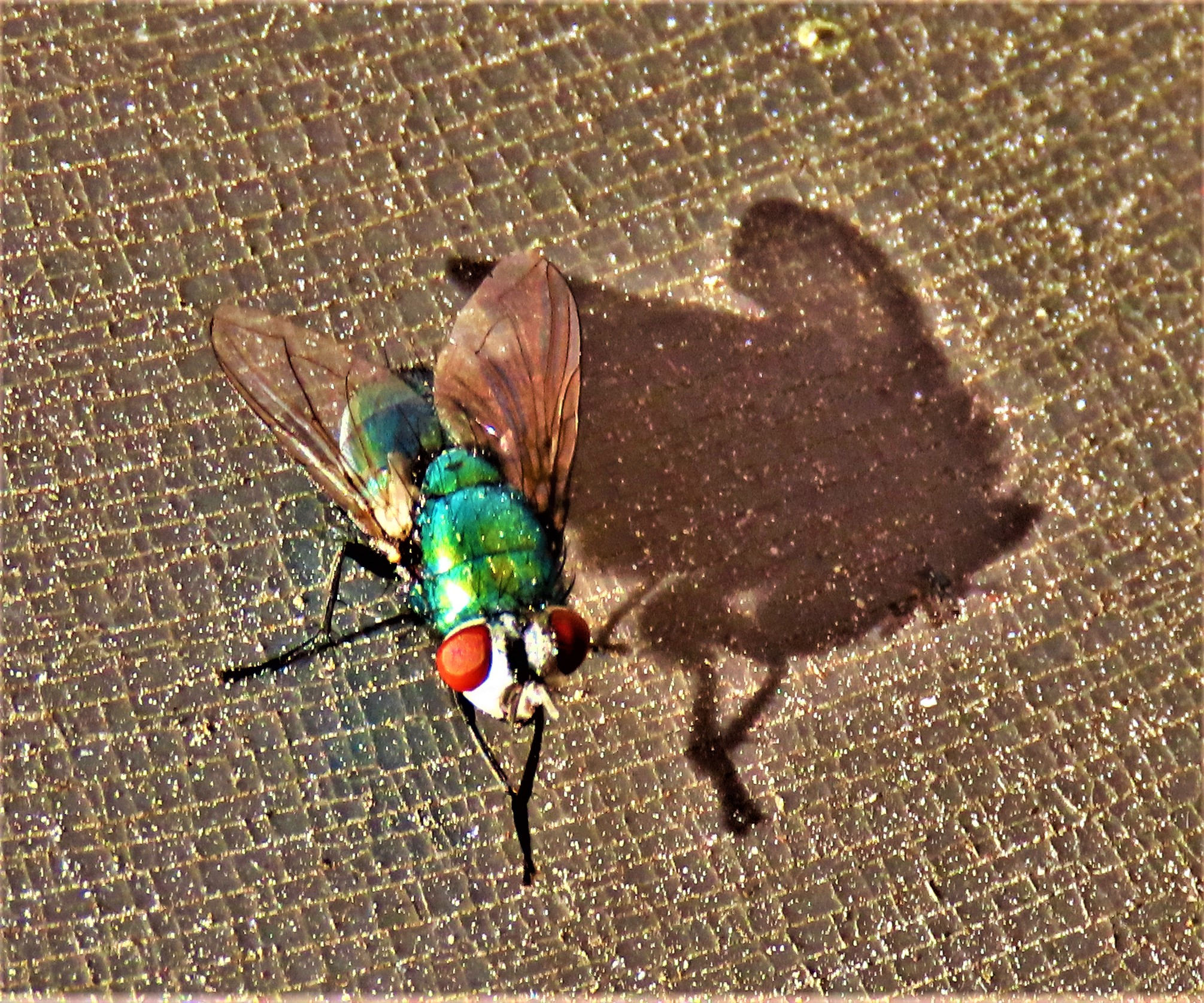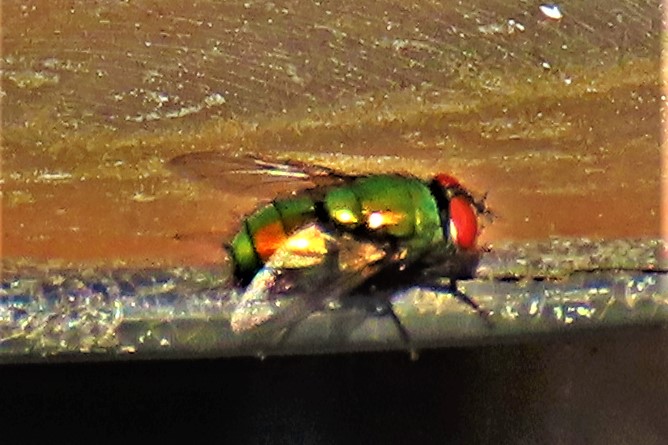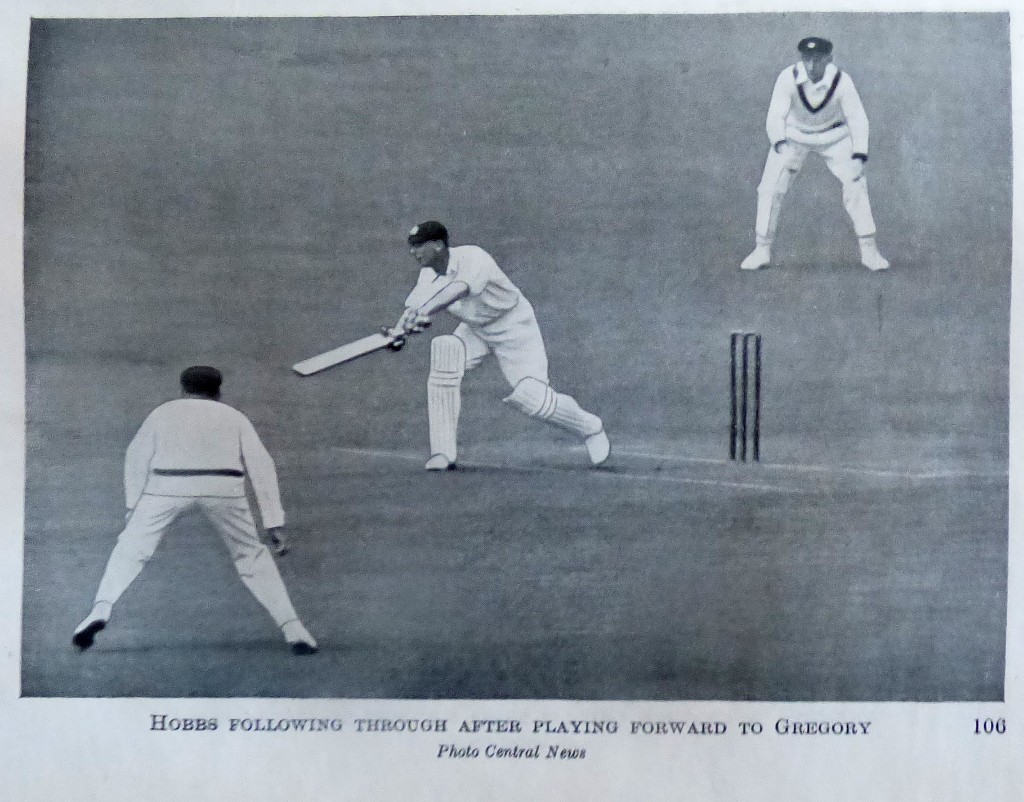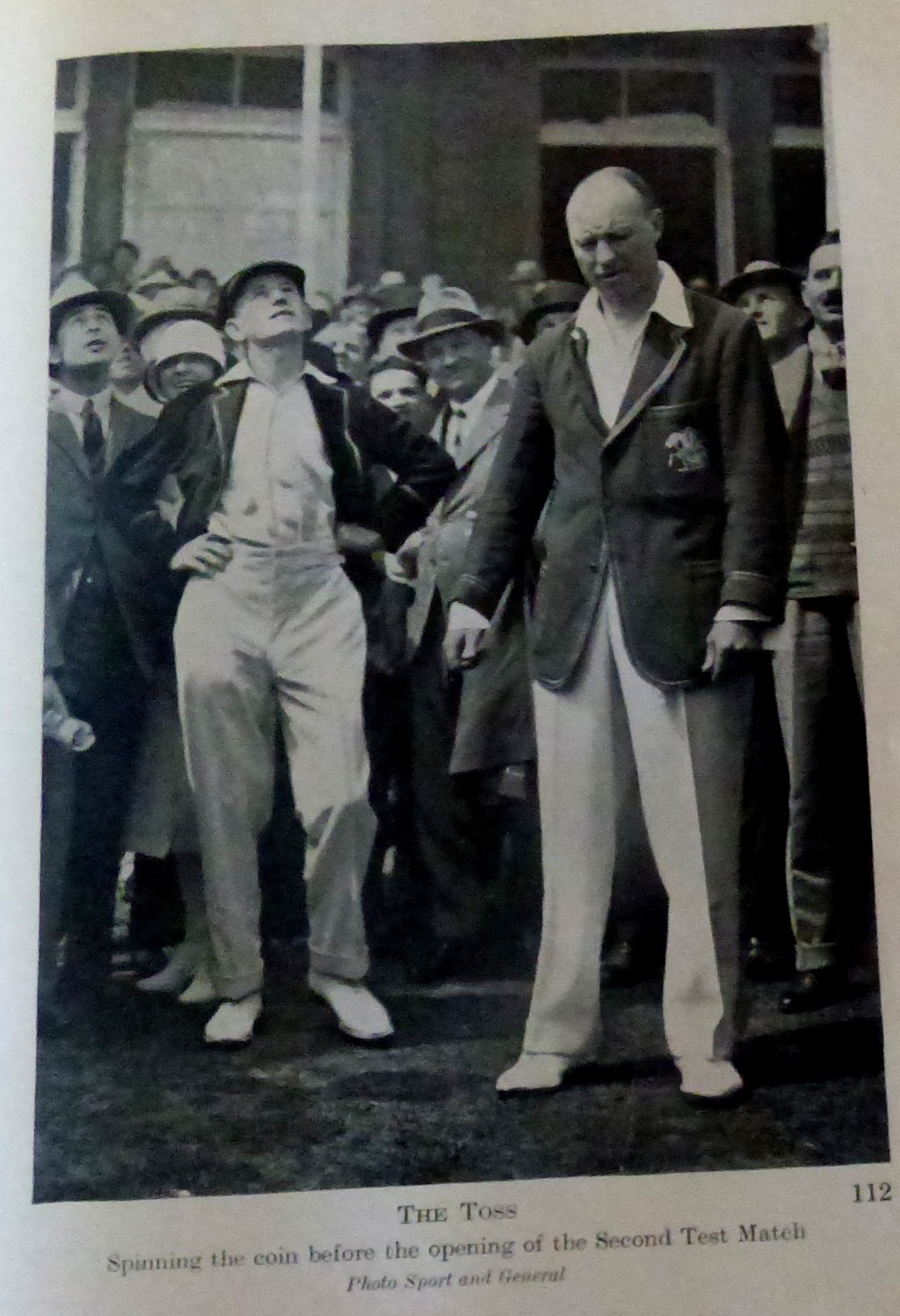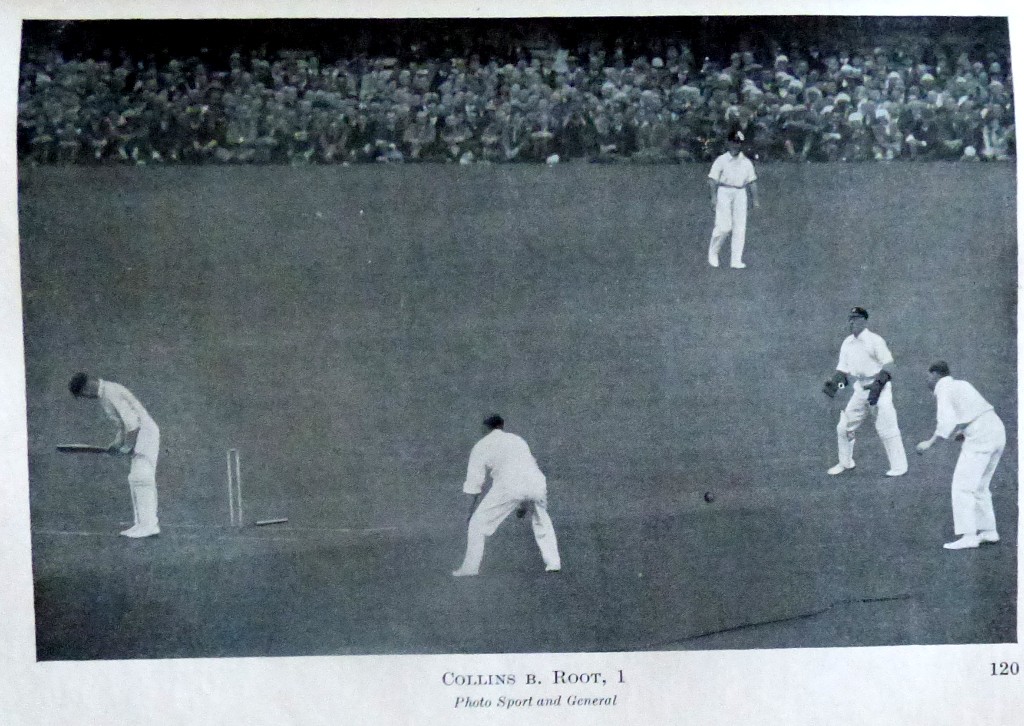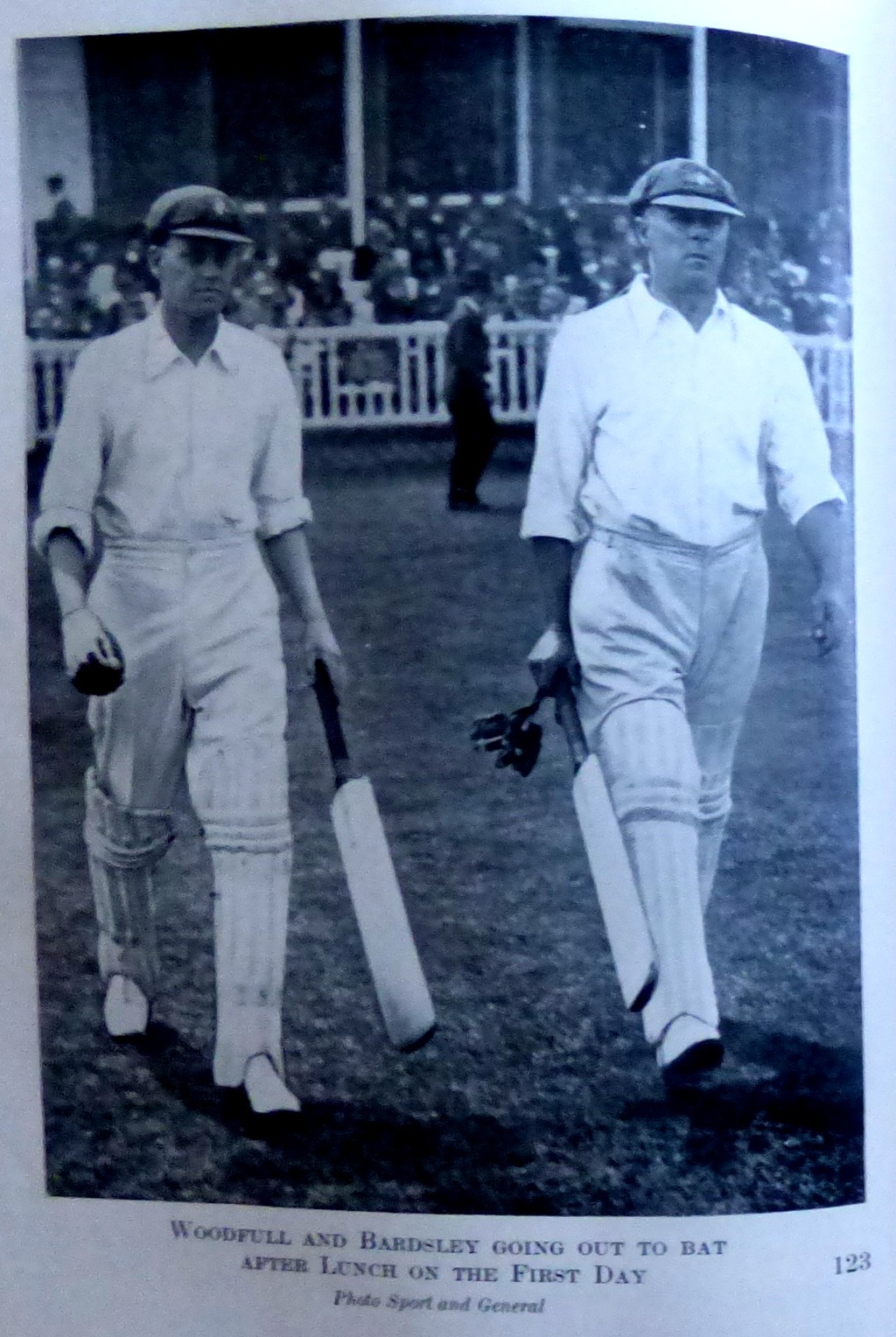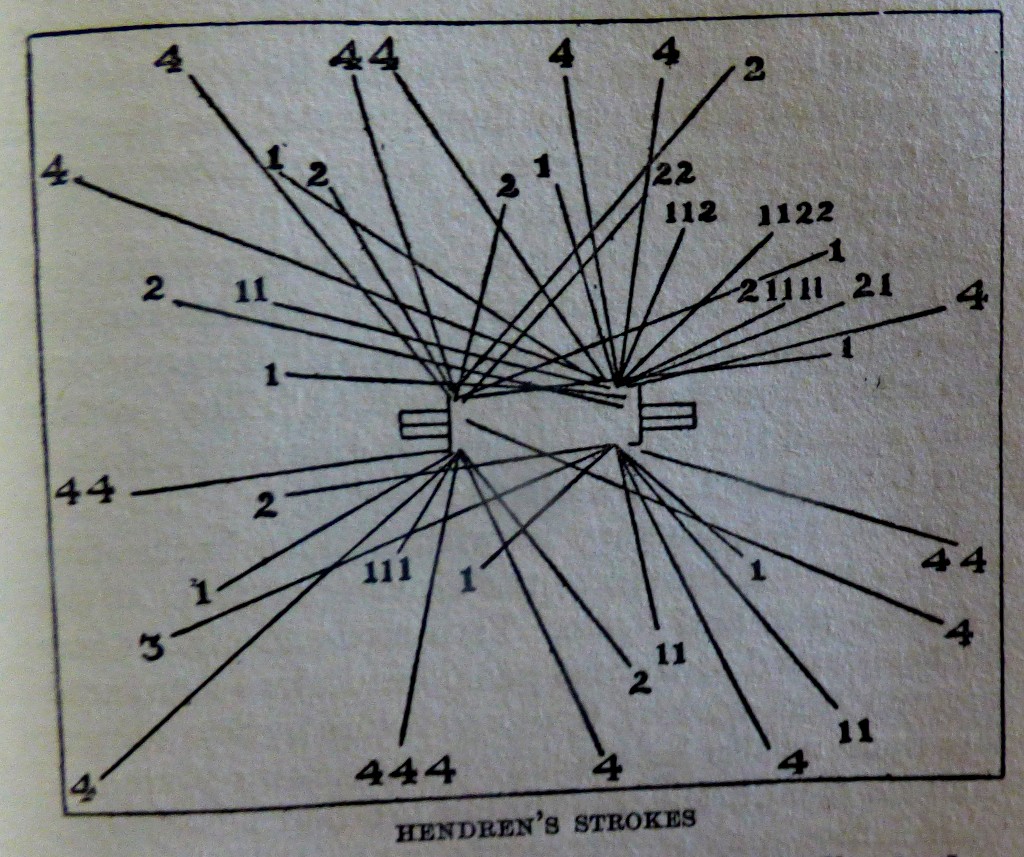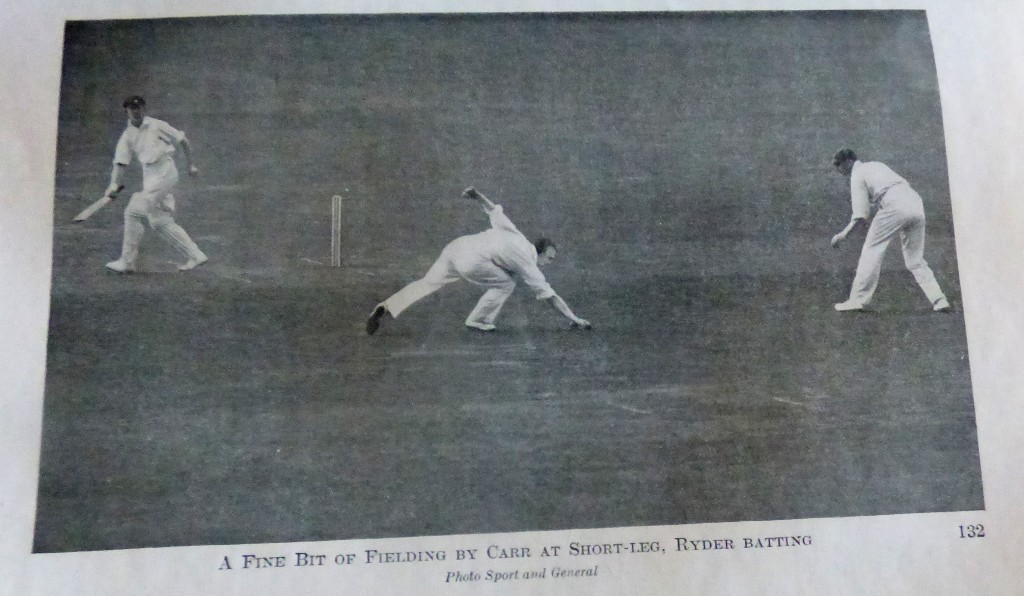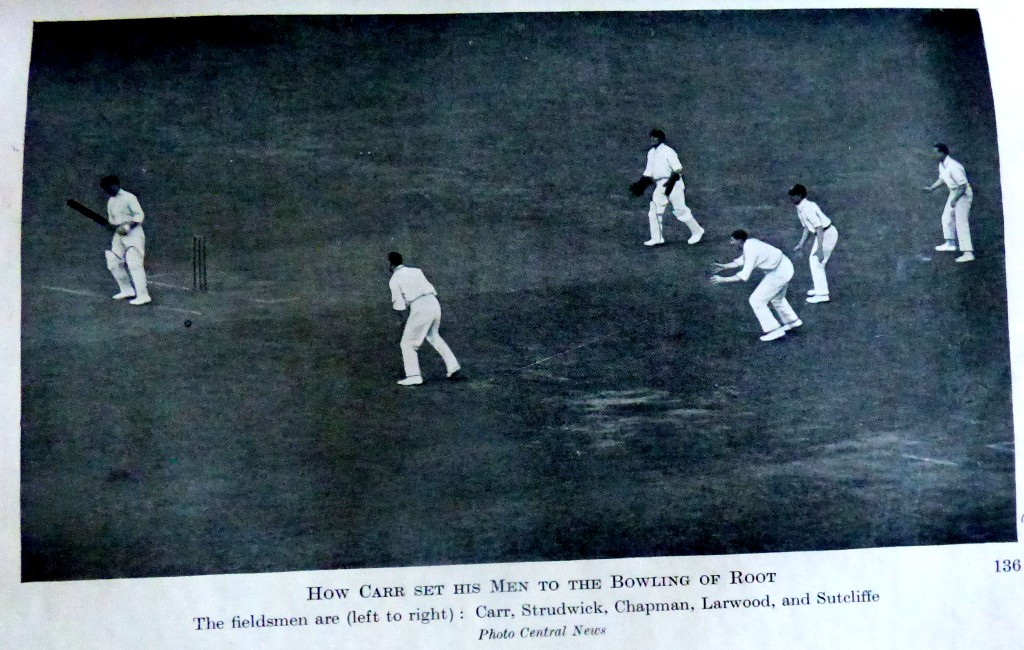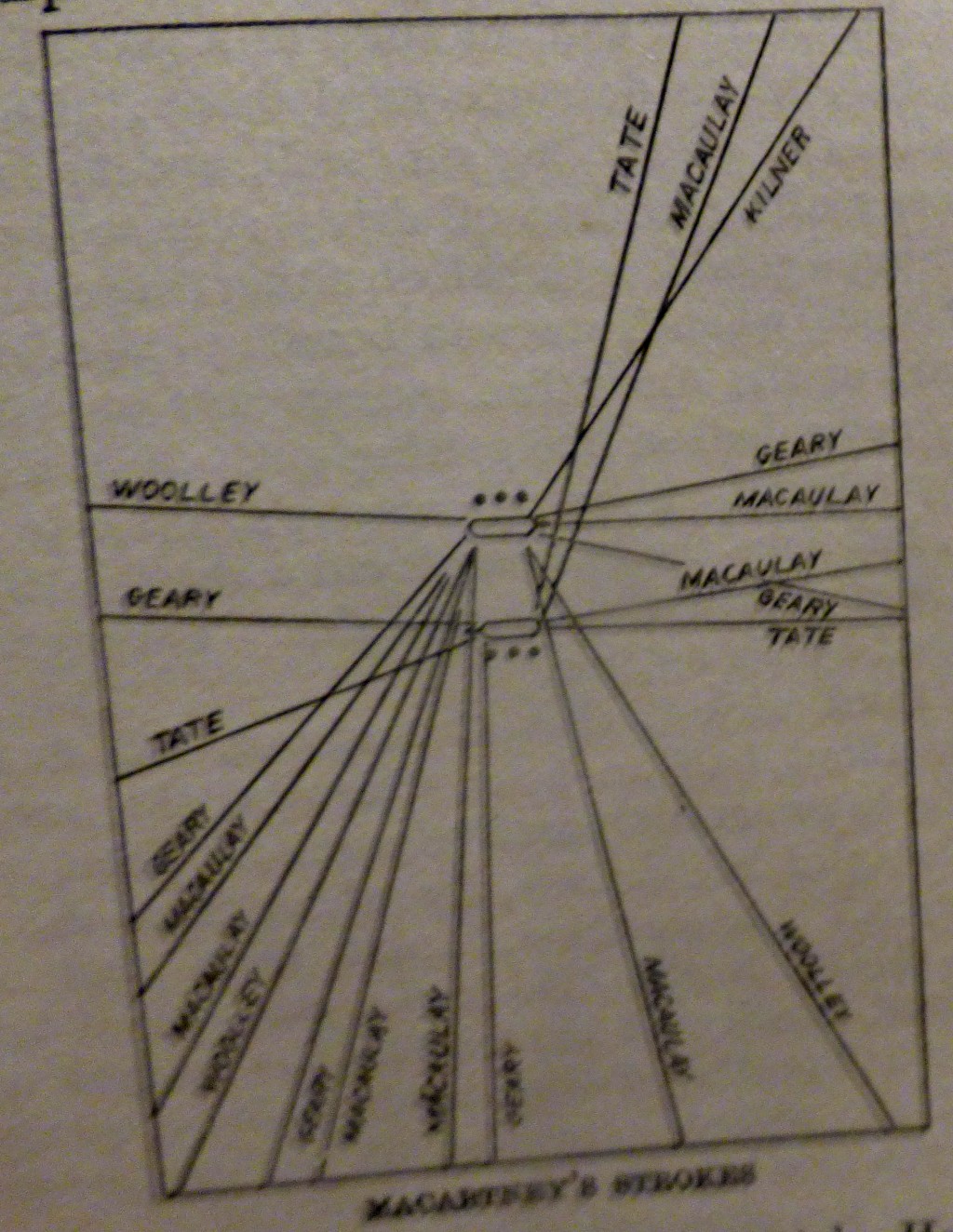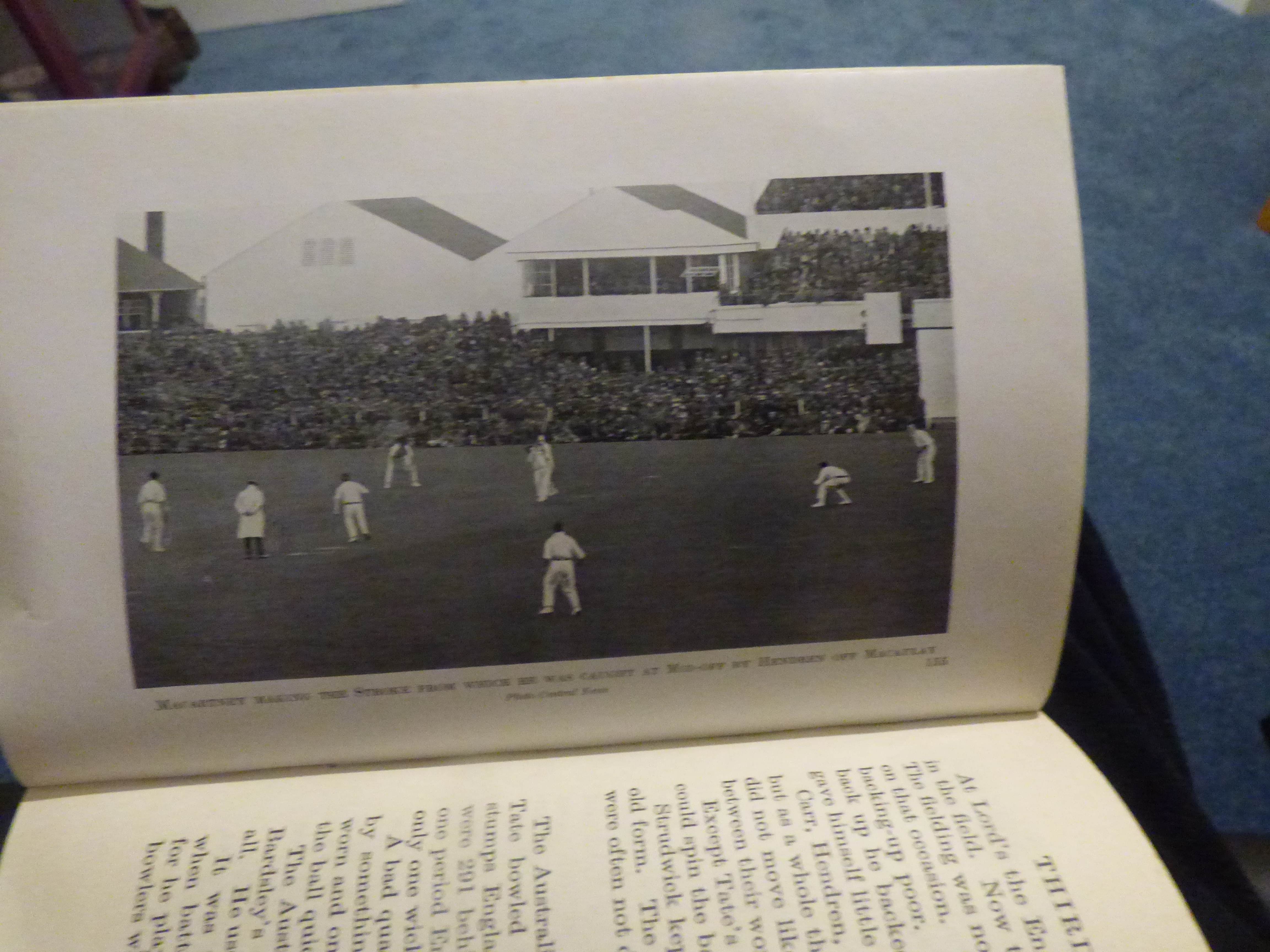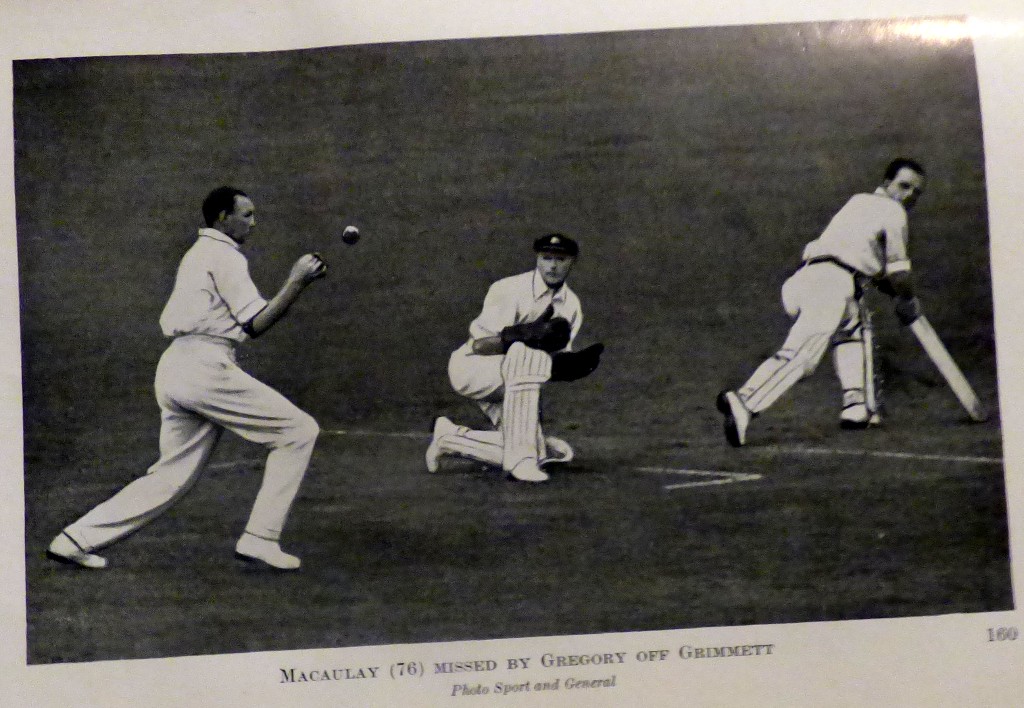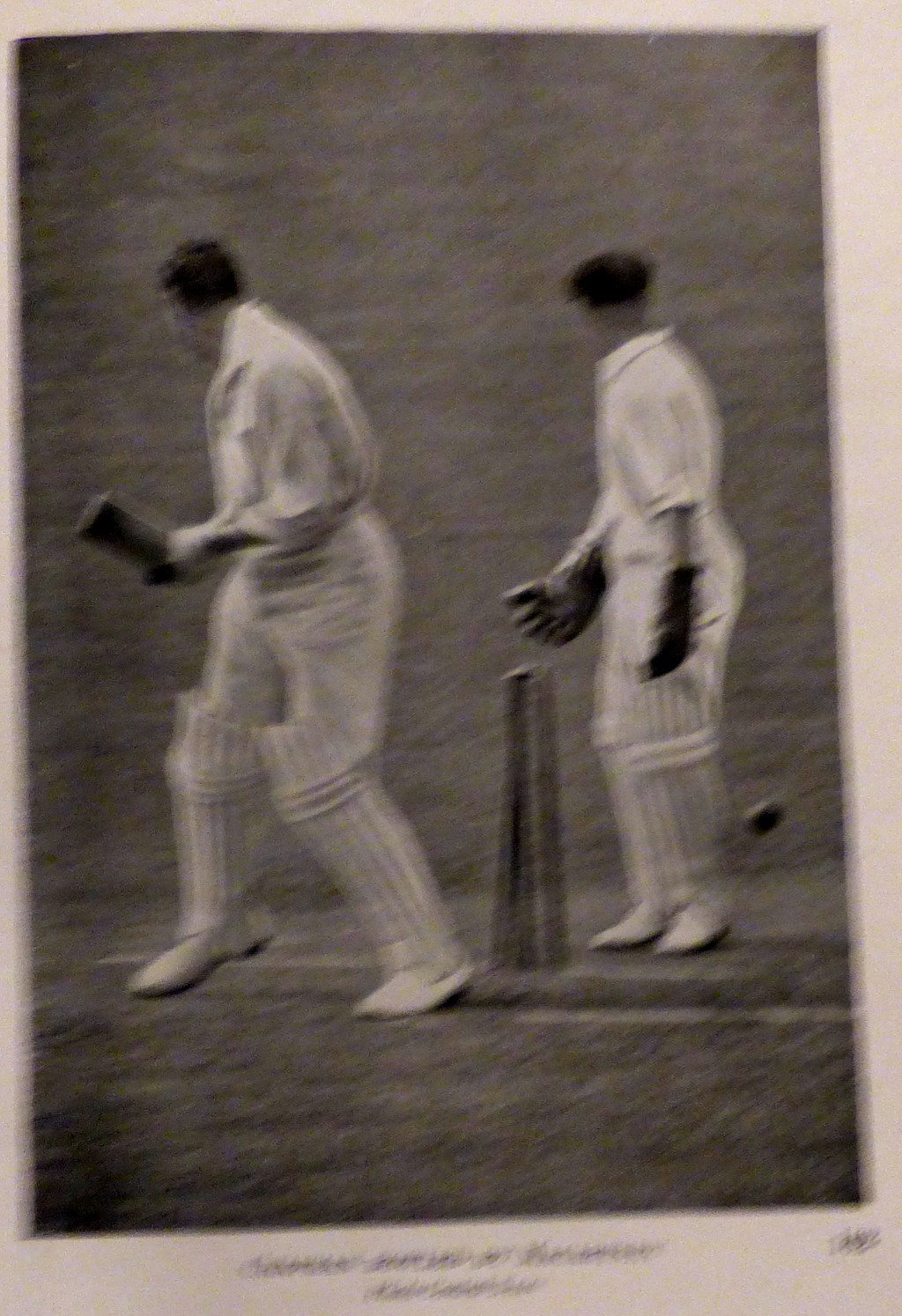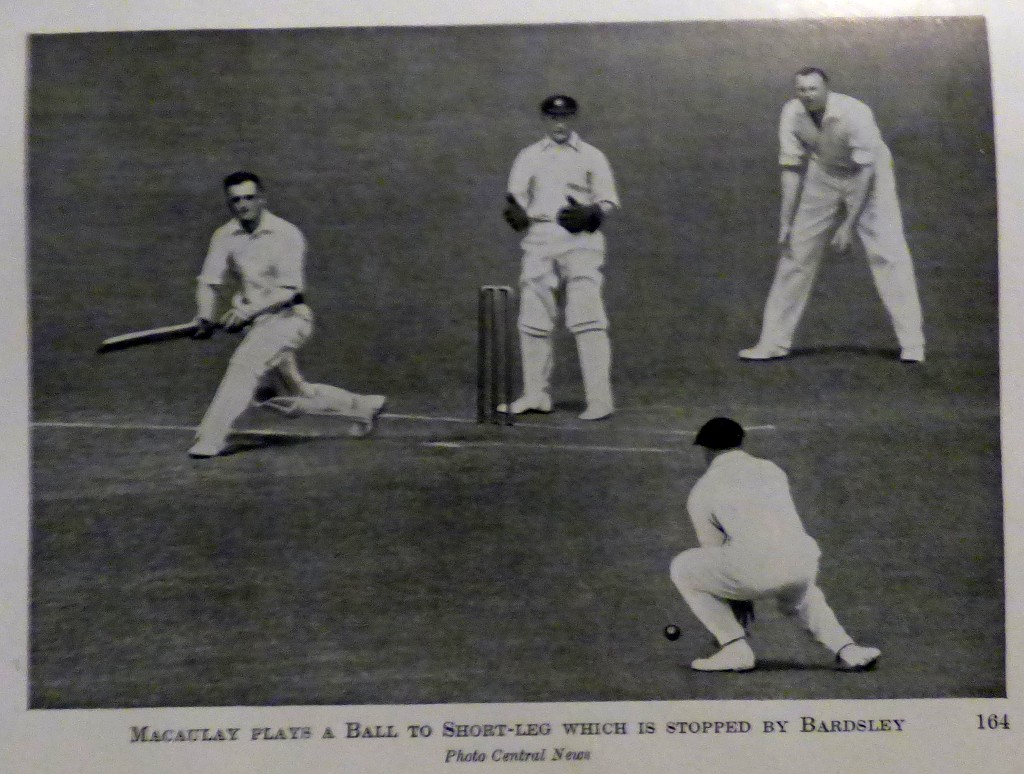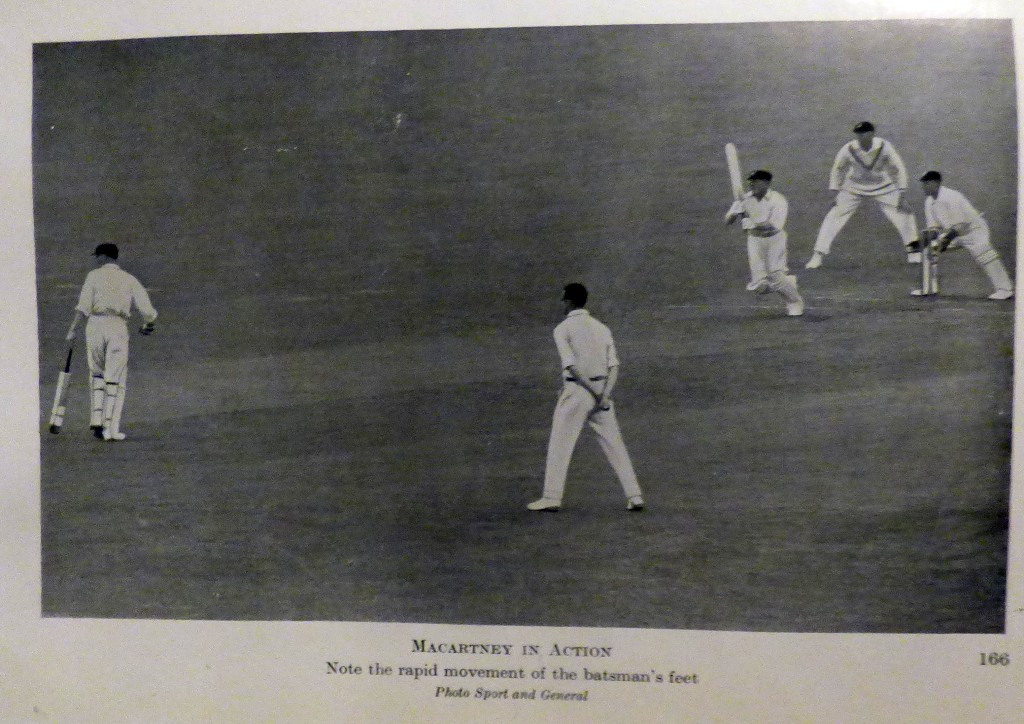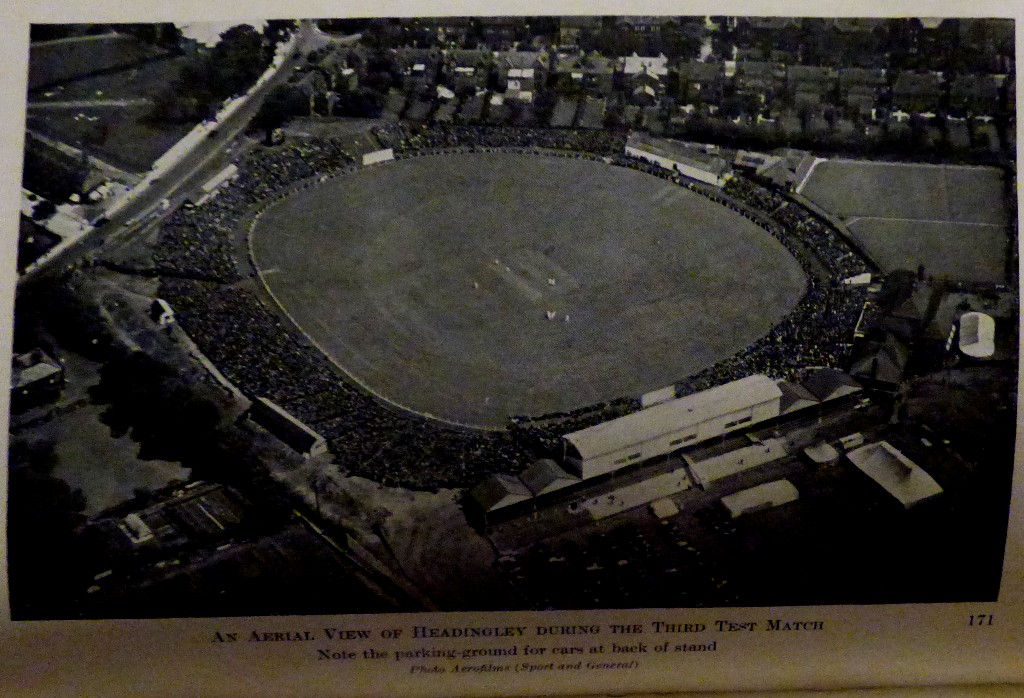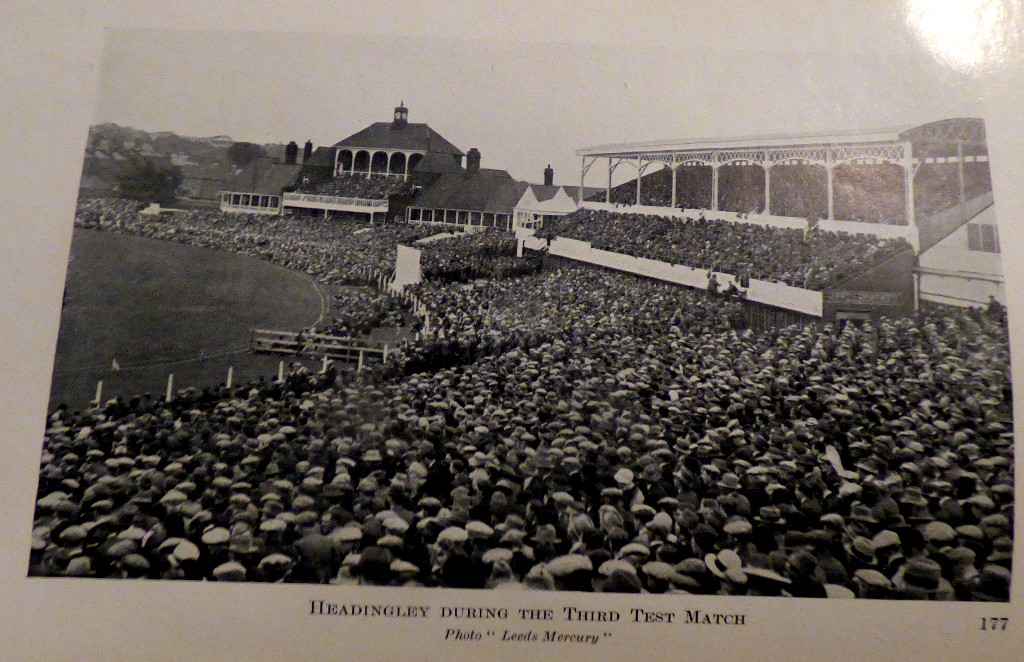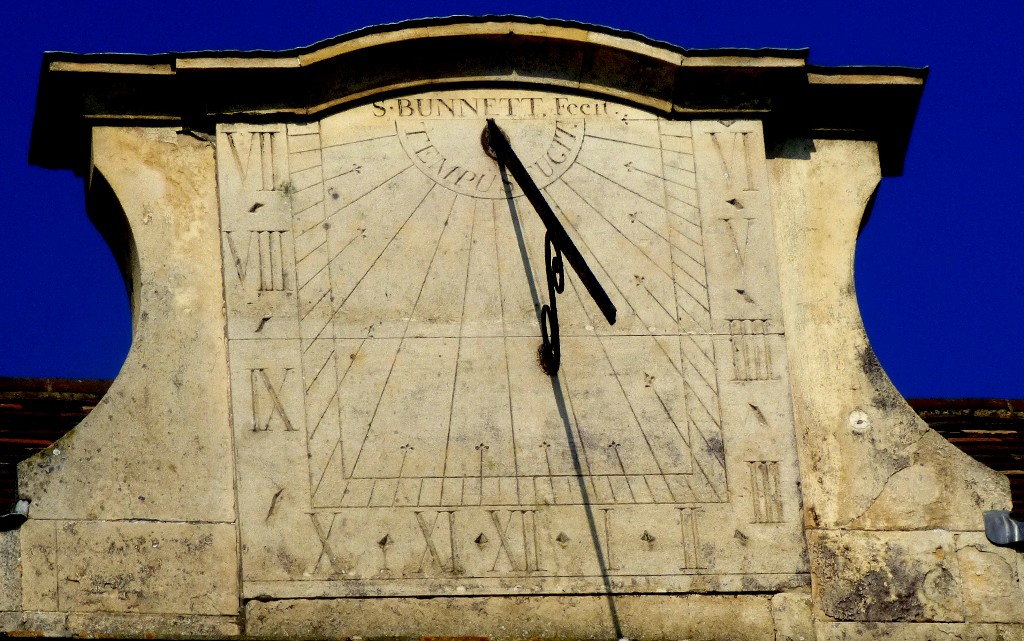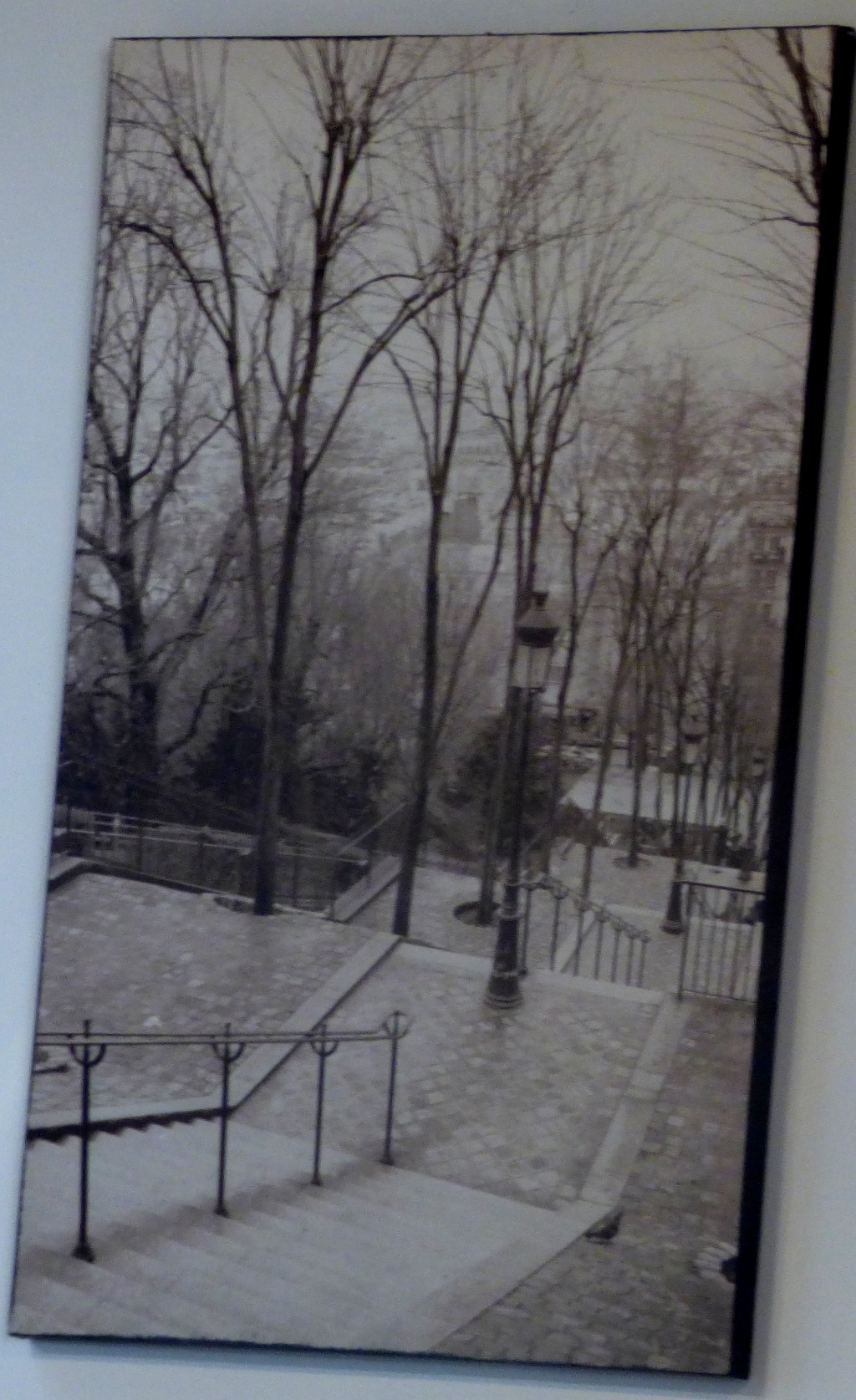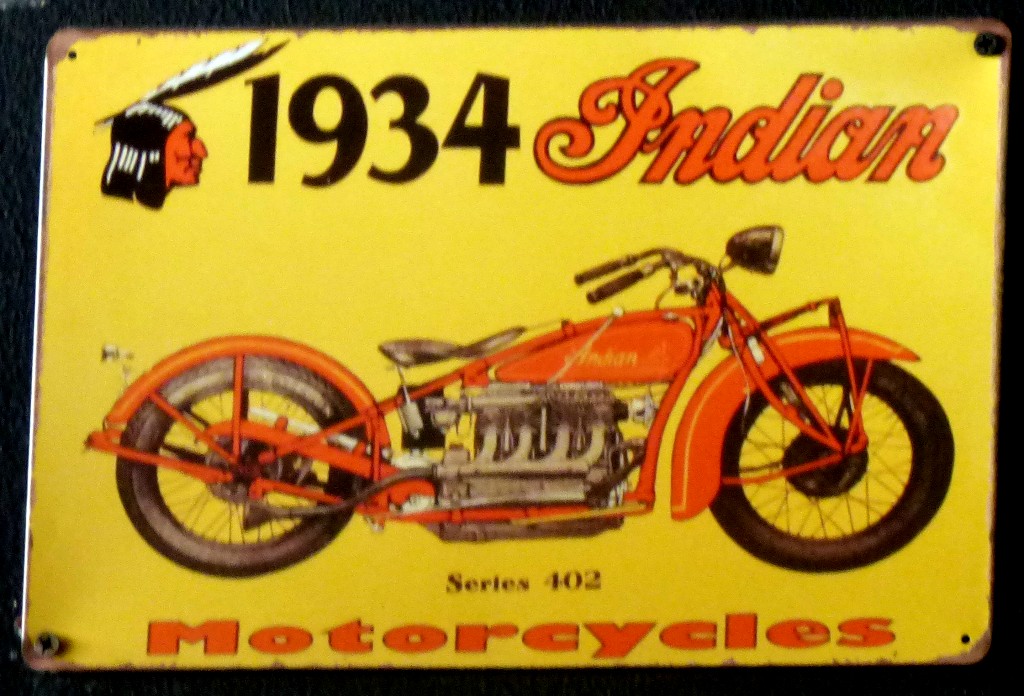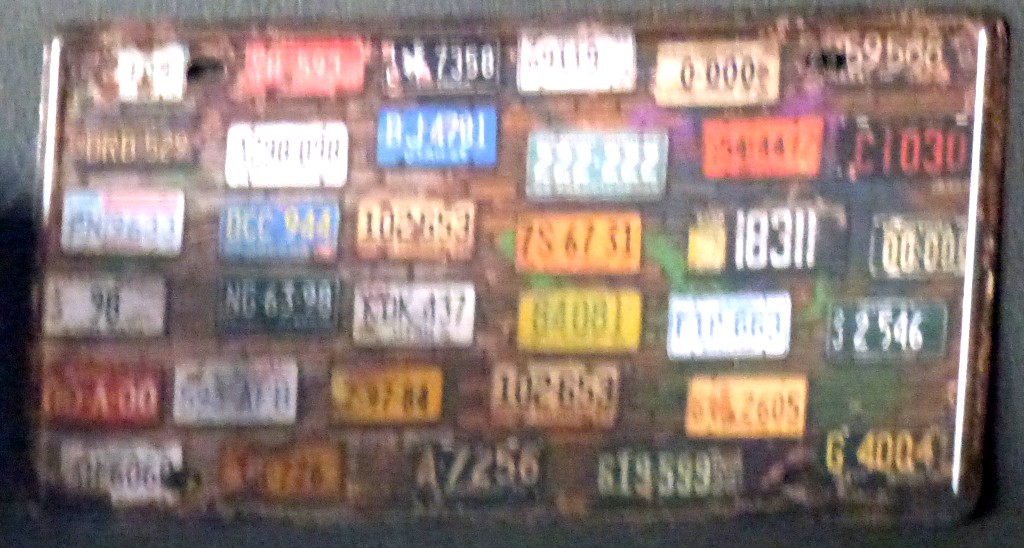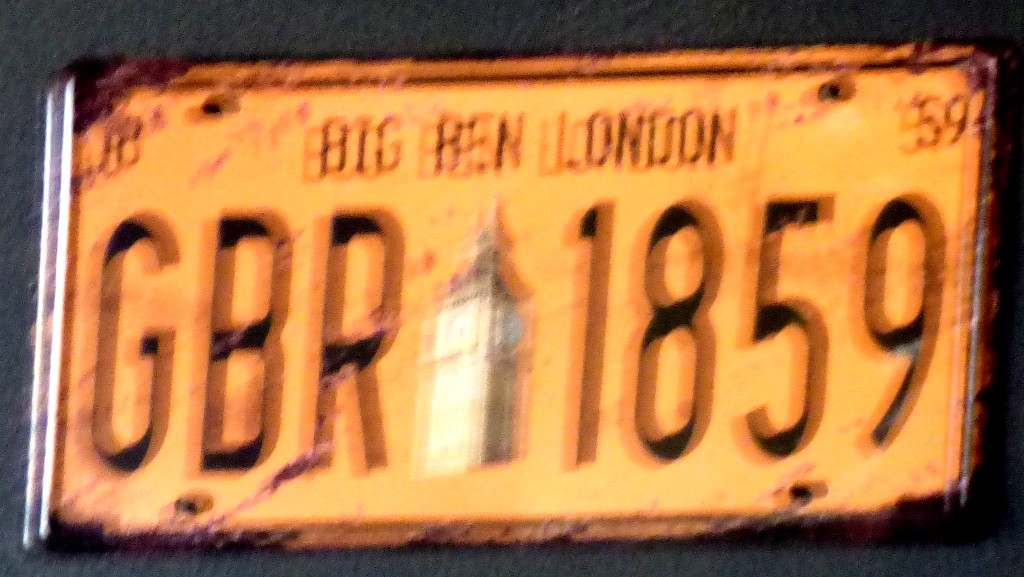Outside it is ferociously hot, as per weather forecast. I have curtains drawn at the front of my bungalow, blinds down at the back and windows open everywhere, and so far that is keeping indoors bearable. I have skipped forward a few letters in my selection of teams with surnames beginning with the same letter because today is the 174th anniversary of the birth of the skipper of the team for whom that letter is G. Coverage of the second women’s ODI between England and South Africa is just underway. Ben Stokes has announced that tomorrow’s ODI in Durham will be his last game in that format – he is still available for selection in T20Is, but his main focus is the team of which he is captain, the test team.
THE XI IN BATTING ORDER
- Sunil Gavaskar (Somerset and India). The first to reach the career milestone of 10,000 test runs. His career highlights include an innings of 221 at The Oval in 1979 which almost enabled India to chase down a target of 438 (they were 429-8 when time ran out, having panicked from a high-water mark of 366-1).
- Gordon Greenidge (Hampshire, West Indies). The Barbadian was aggressive by nature but possessed the ability to rein in his attacking instincts in the interests of the side. His two double centuries in the 1984 ‘blackwash’ series exemplify the different ways he could approach an innings: at Lords he was brutally destructive, carrying WI to a nine wicket victory with 214* in under five hours at the crease. Later in the series at Old Trafford, with WI needing a long innings Greenidge contributed 223*, batting almost 10 hours to wrench the initiative back for his side.
- *WG Grace (Gloucestershire, London County, England). The birthday boy, and this team’s captain. His first first class hundred (out of 126 he was to score – I have no truck with the revisionist stats that give him only 124) came at The Oval in 1866 (224*). His last began on his 56th birthday, in 1904 (166). When he completed 50 FC centuries in 1875 that tally was equal to that of the next 13 leading century makers combined. When he made it 100 FC centuries 20 years later second in the list of century makers was Arthur Shrewsbury with 41 to his name). Add to that the bowling that brought him 2,876 FC wickets at 17.39 each and about 900FC catches and you have a serious all rounder. He was a regular opener, but I do not see him having a problem with first drop.
- David Gower (Leicestershire, Hampshire, England). After three right handers we have a left hander. 8,231 test runs at 44.25 show that he had plenty of steel to go with the style he was justly famous for.
- Tom Graveney (Gloucestershire, Worcestershire, England). The second leading scorer of FC runs among players who played exclusively after WWII. He was part of an astonishing turn around at The Oval in 1966 – England were 166-7, still over 100 behind the WI first innings total at low water mark. Graveney (165) and keeper Murray (112) began the turn around, which was completed when tail enders Snow and Higgs each hit maiden test fifties, carrying England to 527 all out. WI not surprisingly went down to an innings defeat.
- +Adam Gilchrist (Australia). The wicket keeper, and our second left hander, one place above his preferred no seven. The only minor blot on a stellar international record was his horror series in England in 2005.
- Jack Gregory (AIF and Australia). It was Plum Warner who suggested to the Australian International Forces team when they were uncertain of who to pick for the last place in their XI to go for Gregory, saying “there never was a Greogry of Sydney who couldn’t play the game”. Plum was spot on, and Jack Gregory developed into a genuine all rounder, attacking left handed batter (once hit a century against South Africa in just 70 minutes at the crease), one half of test cricket’s first great pair of fast bowlers along with Ted McDonald and a superb fielder in the slip and gully regions.
- George Geary (Leicestershire and England). A bowler of seemingly inexhaustible stamina (once at Melbourne he bowled 81 overs in a single innings, taking 5-105) and possessed of all the tricks of the medium-fast bowler’s trade and a useful lower order batter to boot. His CV included two Ashes winning moments – in 1926 it was he who bowled Arthur Mailey to seal the victory at The Oval, while at the MCG two and a half years later he hit the winning runs as England scored 332-7 to go 3-0 in the five match series. His best FC bowling performance came for Leicestershire against Glamorgan, when he took all ten wickets for 18 runs, the second cheapest first class all ten ever (Hedley Verity 10-10 v Nottinghamshire being the champion performance in this department).
- Joel Garner (Somerset and West Indies). One of the most awkward propositions ever seen on a cricket field – his 6’8″ height, a leap in delivery stride and long arms combined to mean that the ball came down from way up in the air (above the height of more than one test match ground’s sight screens).
- Clarrie Grimmett (Australia). He had to cross one international and two state boundaries before establishing himself. He was 33 when he made his test debut, collecting 11 English wickets in the match. He ended with 216 wickets in just 37 test matches, and there were many, including his regular test match bowling partner Bill O’Reilly who thought that 46 year old Grimmett should have been picked for the 1938 tour of England.
- Lance Gibbs (Warwickshire and WI). The off spinner was briefly the world record holder for career test wickets, with 309 wickets at that level, breaking the record set by Fred Trueman.
This team has a powerful top five, the most destructive keeper-batter ever, a genuine all rounder, a bowling all rounder (Geary), and three great specialist bowlers. Garner, Gregory and Geary represent an excellent pace/seam trio, Grimmett the leg spinner and Gibbs the off spinner represent a fine combination in that department, and of course there is WG as an extra bowling option.
HONOURABLE MENTIONS
Graham Gooch cannot be accommodated, with three regular openers already there (backdated punishment for going on the first of the rebel tours of SA!). Larry Gomes (test average 39) and Mike Gatting (35.55) are a both a touch short of the necessary class. Lewis Gregory is a fine all round cricketer for Somerset, but not a serious rival to his namesake Jack. Lewis Goldsworthy may challenge for batting/ left arm spin slot in years to come, but having only just registered his maiden first class century his case remains to be made. Alf Gover was a fine fast bowler, and in later years a highly respected coach (although the coaching school he established in Wandsworth numbers at least one ghastly failure – I attended sessions there in my childhood and never developed so much as a hint of skill as a player) but hardly a serious rival to Garner. George Gunn was another I regretted not being able to fit in. Shannon Gabriel was another fast bowler to come up short. Anshuman Gaekwad was another test batter with a respectable rather than outstanding record. Had I been selecting with white ball in mind Ruturaj Gayakwad would have had a strong case. In ten years time Shubman Gill may be considered a shoo-in, but he does not yet have the weight of proven achievement to dislodge any of my choices.
PHOTOGRAPHS
My usual sign off…














































